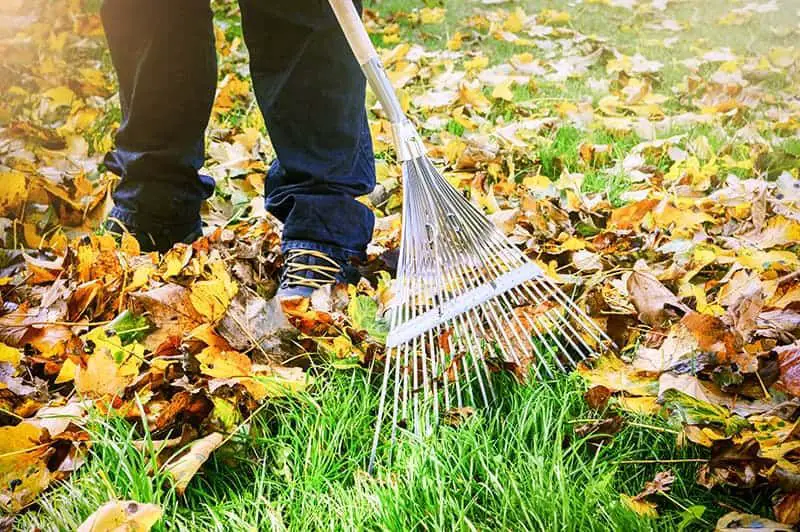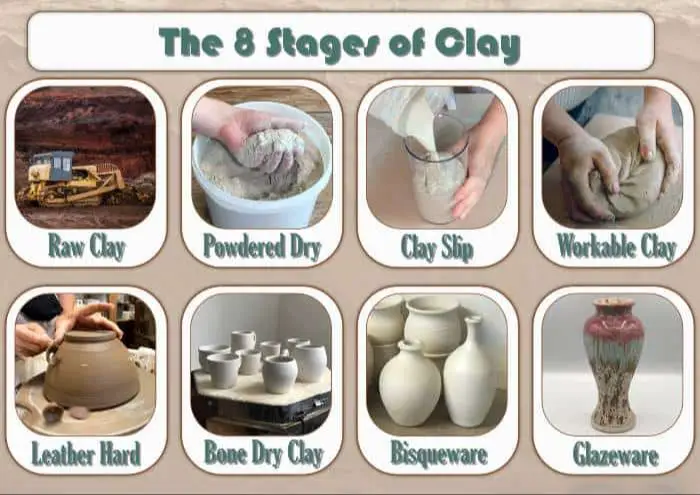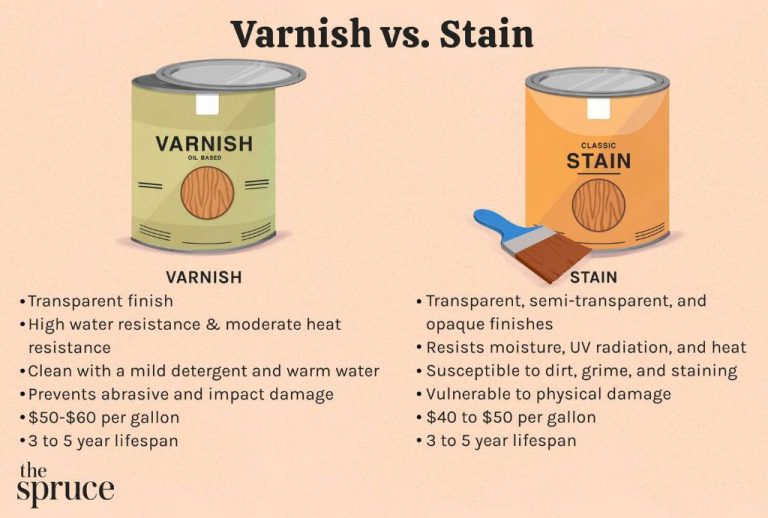What Is A Shrub Rake?
What is a Shrub Rake?
A shrub rake is a type of hand tool used for light gardening tasks such as cleaning up leaves and debris around plants and shrubs. Shrub rakes have short, stiff tines that allow the user to rake between tight spaces and delicate plants without damaging them.
The main purpose of a shrub rake is for meticulous tidying and detailing work in garden beds, not heavy-duty raking. The short, rigid tines can get into tight spots around ornamentals and shrubs to remove fallen leaves, pine needles, small twigs, and other debris. Their light-duty design makes shrub rakes ideal for gently grooming areas like rock gardens or newly mulched beds without disturbing the landscape. Shrub rakes are perfect for quick touch-ups and keeping decorative plantings looking neat and orderly.
Types of Shrub Rakes
There are several common types of shrub rakes that are designed for various gardening needs:
Handheld Shrub Rakes: These have short handles and are meant for close raking and detailing. They allow you to rake in tight spots and give you more control. Brands like Corona and Fiskars make quality handheld shrub rakes. (Source: https://backgardeny.com/types-of-shrub-rake/)
Extendable Shrub Rakes: These have handles that can extend from around 24 inches up to 48 inches. The extendable handle allows you to rake at different heights without straining your back. Bulldog and Yard Butler make popular extendable models.
Wide Shrub Rakes: These have extra wide rake heads, some up to 24 inches wide. The wide heads allow you to cover more area with each stroke. Wide shrub rakes work well for clearing leaves and debris from lawns. Companies like Garant and Y YST make wide head shrub rakes.
Plastic Shrub Rakes: These lightweight poly rakes are gentler on delicate plants. They are good for raking around flower beds. Brands like Gardenite and Truper offer durable poly shrub rakes.
By choosing the right type of shrub rake for your gardening needs, you’ll be able to work quickly and efficiently without harming your plants.
Shrub Rake Materials
Shrub rakes can be made from a variety of materials, each with their own benefits:
Metal – Metal shrub rakes, often made from aluminum or steel, are durable and sturdy. They are effective at breaking up compacted soil and debris. However, they can be heavy. Source: https://www.amazon.co.jp/-/en/OFFSCH-Cleaning-Japanese-Garden-Tractor/dp/B0C8SW6GFN
Plastic – Plastic shrub rakes are lightweight yet still fairly sturdy. They are often made with tines that flex to better contour uneven ground. Plastic rakes are rust resistant. However, they can break more easily under heavy use.
Wood – Wooden shrub rakes have an attractive natural look and are also lightweight. However, they are more prone to cracking and splintering over time, requiring more frequent replacement.
Bamboo – Bamboo rakes have natural flexibility that contours well to landscape shapes. Bamboo is strong yet lightweight. However, bamboo can split over time and is not as durable as metal.
The material of the shrub rake handle is also important for comfort and durability. Common handle materials include wood, fiberglass and metal. Longer handles provide further reach but can be unwieldy in tight spaces.
Key Shrub Rake Features
Some of the most important features to consider when selecting a shrub rake include:
Tines – Shrub rakes typically have steel or polypropylene tines. Steel tines are stronger but can rust over time. Poly tines are more flexible and gentle on plants. The number and spacing of the tines impacts raking effectiveness.Fiskars shrub rakes have flexible poly tines designed to flex under pressure without damaging plants.

Head Size – The head size (raking width) ranges from around 6 inches up to 14 inches or more. Narrower heads allow reaching into tight spots. Wider heads cover more ground efficiently in open areas.
Handle – Handles are typically wood or fiberglass. Longer handles from 4-6 feet reduce bending. Handles around 1 inch diameter provide a comfortable grip.
Weight – Heavier rakes can feel sturdier but require more effort to use. Lighter models are easier to maneuver. Weight ranges from 1-4 pounds.
Comfort Grip – Contoured, cushioned, or rubberized grips make prolonged use more comfortable.
Durability – Steel cores and bracing provide added strength and resist bending. Quality materials and construction improve longevity.
Using a Shrub Rake
A shrub rake is designed for light-duty raking between and around bushes, shrubs, small trees and flower beds where larger rakes can’t easily reach. Using proper technique with a shrub rake helps efficiently clean up leaves, twigs and other yard debris without damaging your plants.
Here are some tips for properly using a shrub rake:
- Hold the rake handle near the top with one hand, and place your other hand about halfway down the handle for optimal control and leverage when raking.
- Make gentle raking motions, slowly moving the tines back and forth to sweep up debris. Avoid using overly aggressive raking motions which could harm plants.
- Adjust your body position so you can easily rake all around and underneath a shrub or bush. Stand on one side and make small raking strokes towards you to pull out debris.
- Rake gently along the base of plant stems and trunks to remove fallen leaves while being careful not to damage the bark.
- Pay attention to the flow of your raking so you don’t scatter debris. Rake debris piles into an orderly pile for easy clean up.
- Lift and shake the rake lightly over a debris pile to remove any leaves or twigs stuck between the tines.
Proper raking technique ensures you can thoroughly clean up yard debris without harming your landscaping. Take your time and pay attention to the areas around each plant for the best results. For more tips, see this helpful video on using a shrub rake.
Shrub Rake Safety
When using a shrub rake, it’s important to follow safety precautions to avoid injury. According to the University of California Agriculture and Natural Resources, you should keep the following tips in mind:
Wear gloves and safety glasses to protect your hands and eyes from debris and branches (SAFE USE OF RAKES AND SHOVELS).
Use proper body mechanics – keep your back straight, bend at the knees, and avoid twisting at the waist. Do not overload the rake, try to keep loads under 15 pounds (SAFE USE OF RAKES AND SHOVELS).
Work slowly and take breaks as needed. Pace yourself since raking and pruning can be physically demanding.
Be aware of footing and watch for debris, holes, and uneven ground that could cause slips or falls.
Never lay a rake on the ground with the tines pointing up – always have them facing downwards (SAFE USE OF RAKES AND SHOVELS).
Take care when transporting rakes – do not throw them over your shoulder. Carry them at your side to avoid injury (Rake Those Leaves, But Do It Safely!).
Following basic safety guidelines can help prevent painful muscle strains and other injuries while using a shrub rake.
Shrub Rake Maintenance
Proper maintenance is important for keeping your shrub rake working efficiently. Here are some tips for cleaning, storing, and caring for a shrub rake:
Regularly remove any debris, dirt or residue from the tines using a stiff brush or hose. This prevents buildup which could impede performance. After each use, inspect for any damaged or bent tines and replace if needed (1).
Before storing, wipe the wooden handle clean and allow to fully dry. Apply a thin coat of linseed oil to the handle to prevent cracking (1). Store the rake with the tines facing up to avoid warping.
Avoid exposing the rake to excess moisture or sunlight when not in use. Store in a dry, covered area. Hang on a wall mount or lay flat on a shelf (1).
Periodically sharpen the tines using a metal file to restore cutting effectiveness. Replace tines that become too worn or damaged.
Consider protective gear like gloves when using a shrub rake to avoid blisters. Maintain proper posture and avoid overexertion.
With regular cleaning and proper storage, a quality shrub rake can last for years of effective use.
(1) https://www.wonkeedonkeetools.co.uk/rakes/rake-maintenance-and-care
Shrub Rake Brands
There are many quality shrub rake brands on the market to choose from. Some of the most popular include:
Fiskars
Fiskars is known for making high-quality gardening tools, including shrub rakes. Their 24-inch PowerGear shrub rake is a top seller, featuring a lightweight aluminum shaft and oval tines to easily maneuver through dense shrubs and thick stems.
Corona
Corona manufactures professional-grade landscaping tools. Their SR 3220 ComfortGEL shrub rake has ergonomic handles to reduce hand fatigue and rust-resistant tines. It’s ideal for heavy-duty shrub pruning and shaping.
Ames
Ames is a trusted brand that produces durable gardening equipment for home use. Their 24-inch bow rake with wooden handle is an affordable option good for light pruning tasks. The head can flip to rake or cultivate the soil too.
Yard Butler
Yard Butler specializes in landscaping tools like their telescopic shrub rake that extends from 4-7 feet. This allows users to reach higher branches without using a ladder. It has a zinc-coated steel head for rust resistance.
These are some of the top shrub rake brands known for quality and performance. Seek out customer reviews to help determine the right model for your specific landscaping needs and budget.
Shrub Rake Cost
Shrub rakes are relatively inexpensive landscaping tools. The price typically ranges from $5 to $40 depending on the size, materials, and features.
Basic plastic shrub rakes with wood handles can cost as little as $5 to $15 at home improvement stores like Lowe’s or Home Depot. According to RVsueandcrew.net, their plastic shrub rake cost about $5 at Lowe’s. These affordable shrub rakes are suitable for occasional light yard work.
Mid-range shrub rakes made from aluminum or steel with cushioned handles run $15 to $30. Brands like Corona, Ames, and Fiskars are good options in this price tier. These metal shrub rakes are very durable for frequent use.
Professional grade and heavy duty shrub rakes can cost $30 to $40. These extra tough models have thicker tines and stronger handles. While pricey, they can last for years with regular use. Landscapers may want to invest in these high-end shrub rakes.
In summary, expect to spend anywhere from $5 for a basic plastic shrub rake to $40 for a rugged professional model. Consider how often you’ll use the tool and how much wear-and-tear it will need to withstand when choosing which shrub rake to buy.
When to Use a Shrub Rake
Shrub rakes are ideal for a variety of common gardening tasks that require light raking around plants and shrubs. Here are some of the most common uses:
- Removing leaves, clippings, and debris from around shrubs and plants – The wide head and short tines of a shrub rake allow you to clean up easily around delicate plants without damaging them.
- Edge gardening – Shrub rakes work great for creating clean edges along walkways, flower beds, and gardens. Their short tines can get close to edges and corners.
- Preparing soil for planting – Use a shrub rake to break up and smooth out soil when preparing a planting bed or hole.
- Spreading mulch – A shrub rake with a wide head can evenly distribute mulch around plants and shrubs.
- Cleaning along fences and tight spaces – The compact size and angled head are perfect for removing debris along fences, walls, and other tight spaces.
- General light raking – A shrub rake can handle lighter duty raking tasks like gathering up small piles of leaves on lawns.
The gentler tines and compact size make a shrub rake the ideal choice whenever you need to do light raking work around delicate plants or in confined spaces. They allow careful and precise raking while protecting valuable landscape plants.




